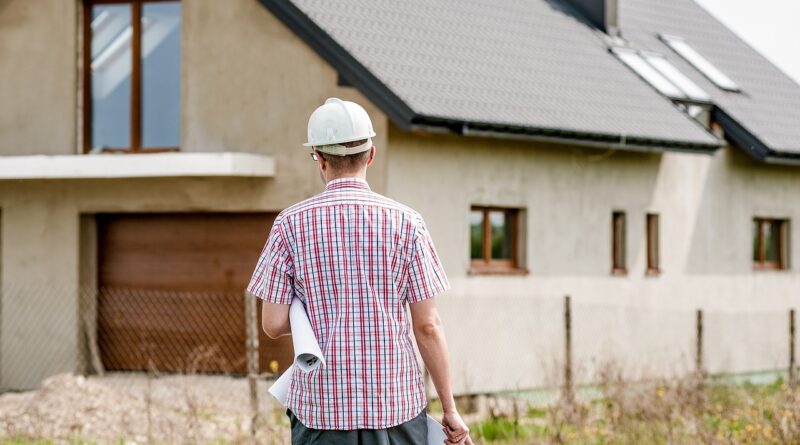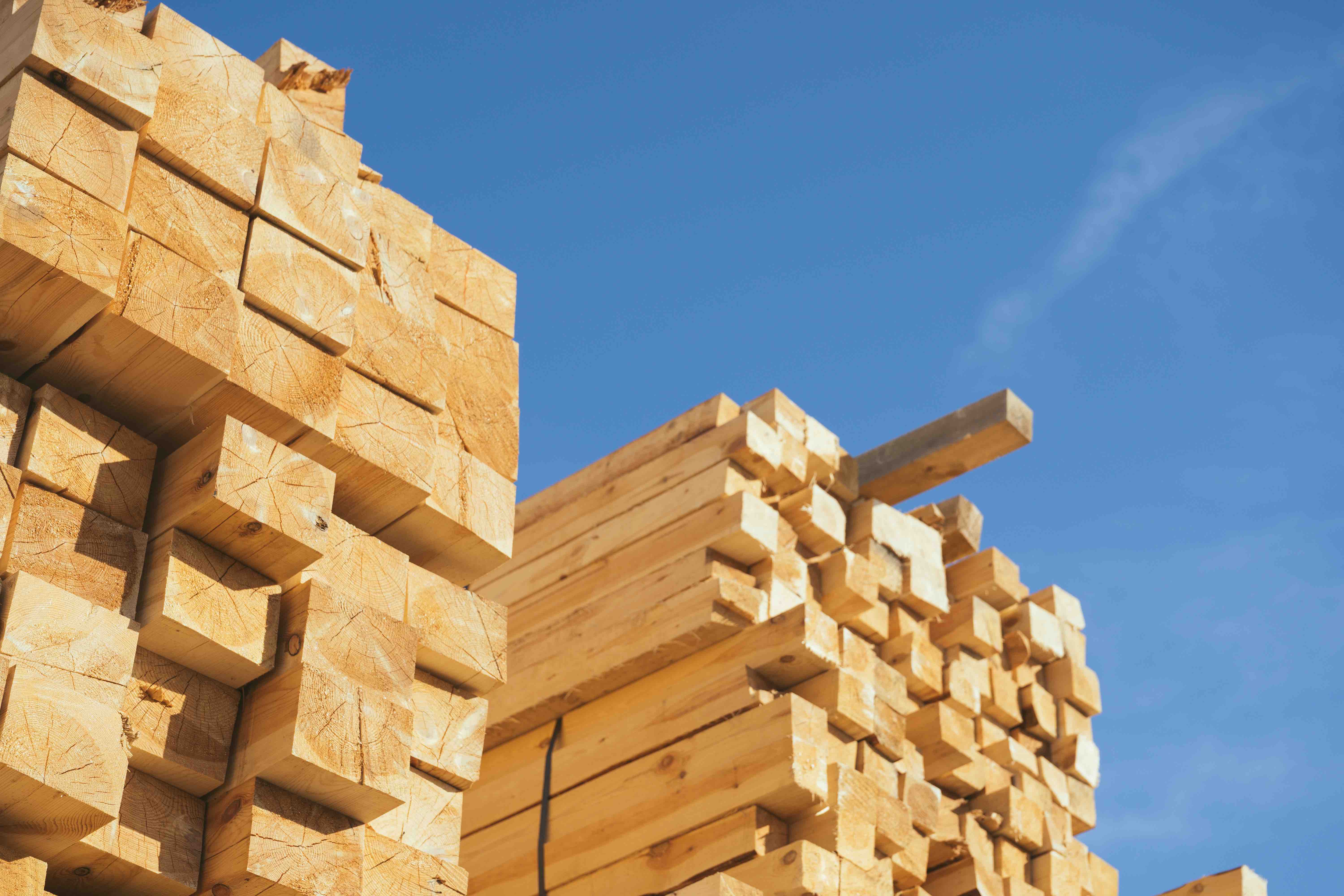2025’s Blended Opportunities for U.S. Homebuilding
The new year poises homebuilding for a combination of industry favors and challenges
The homebuilding sector is facing a unique blend of challenges and opportunities heading into 2025. A combination of higher-for-longer mortgage rates, rising tariffs, a surge in small-builder acquisitions, and labor shortages will likely shape the landscape of the homebuilding industry. At the same time, inventory levels and the resale market’s dynamics will contribute to a complex housing environment.
Mortgage Rates and Market Demand
One of the most significant factors influencing the U.S. homebuilding industry in 2025 will be sustained 6% to 7% fixed mortgage rates. The mid-6% range presents a double-edged sword for the housing market. On one hand, it may price some prospective homeowners out of the market, dampening demand for new homes. On the other hand, these rates are unlikely to push buyers into the resale market, as homeowners with sub-4% mortgages will be reluctant to sell their current homes due to the higher rates they would face on new mortgages.
Inventories on the Rise
Builder inventories have increased in recent months, now over 9 months of supply, compared with 7 to 8 months worth earlier this year and back to 2023.
Higher builder inventories are yet another double-edged sword. While the rise in inventory may help mitigate the housing shortage, it could also point to a potential slowdown in construction activity. Builders may begin to scale back production if demand does not match the supply, especially if these higher mortgage rates suppress buyer interest. Mortgage-rate buydowns are likely to continue to be prevalent in 2025.
Mortgage rates in the mid-6% range will continue to constrain demand, while rising inventories of new homes may lead builders to boost incentives to get inventories back to normal levels.”
Tariff Increases: A Complicating Factor
A significant development on the horizon for the homebuilding industry is the likely increase in tariffs on imported building materials under the Trump administration. If these tariffs are enacted, they could further escalate construction costs, particularly for materials such as steel, lumber, and other essential components. Builders may face challenges in absorbing these higher costs, which could lead to higher home prices and less affordable options for buyers.
The hope is that the mere threat of tariffs will lead to the negotiation of better deals that will in turn mitigate the need for the increased tariffs. Time will tell.
Resale Market Dynamics
The resale market will play a crucial role in shaping the homebuilding landscape in 2025. Recently, there has been a noticeable increase in the number of homes listed for sale, a sign that homeowners may be becoming more willing to move despite the higher mortgage rates. The hotly-discussed “mortgage lock-in effect” seems to be waning in importance. This shift is driven in part by changing preferences, such as the desire for larger homes or different locations, plus the simple fact that life changes cause people to need to move, and the pressures generated by those changes can only be ignored for so long. If the trend continues, it could lead to slower sales paces at builders’ subdivisions, as more options are available in the resale market. On the other hand, the increased number of listings could also reflect more buyers coming out of the existing home market and moving to a new build.
Labor Shortages: A Worsening Crisis
A persistent issue in the homebuilding industry has been the shortage of skilled labor. This challenge is expected to worsen as we move into 2025, with many workers aging out of the industry and fewer younger workers entering the trades. This shortage is already contributing to delays in construction timelines and inflated labor costs.
The situation may be further complicated by a reduction in the labor pool depending upon how real the current proposals are for mass deportations of undocumented workers. More than 15% of workers in the construction trades are undocumented. Builders may have to offer higher wages, benefits, or training programs to attract and retain workers, which could increase overall construction costs.
Conclusion
All of this will be taking shape amid a shortage of housing that is in the range of 2.0 million to 3.7 million. The U.S. homebuilding industry in 2025 is poised for a year of challenges and opportunities. Mortgage rates in the mid-6% range will continue to constrain demand, while rising inventories of new homes may lead builders to boost incentives to get inventories back to normal levels. Higher tariffs and a worsening labor shortage will present significant challenges for the industry, as will high monthly payments on new homes. Freddie Mac has calculated recently that if homes could be made more affordable, one million more households could form. That would stimulate a huge spike in new home demand. But that’s also a huge “if.”
Brad Hunter runs Hunter Housing Economics, a national consultancy based in West Palm Beach, Florida.



